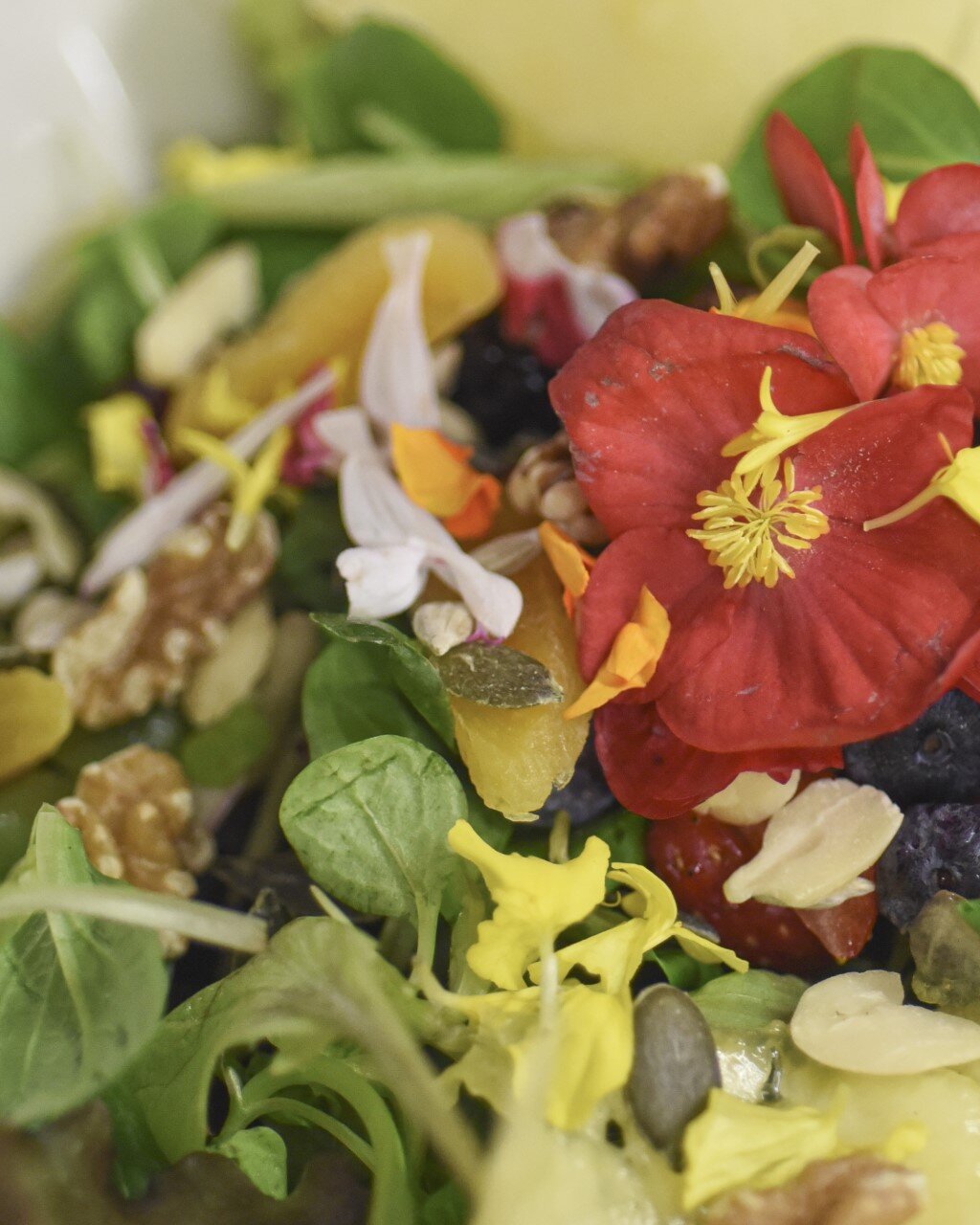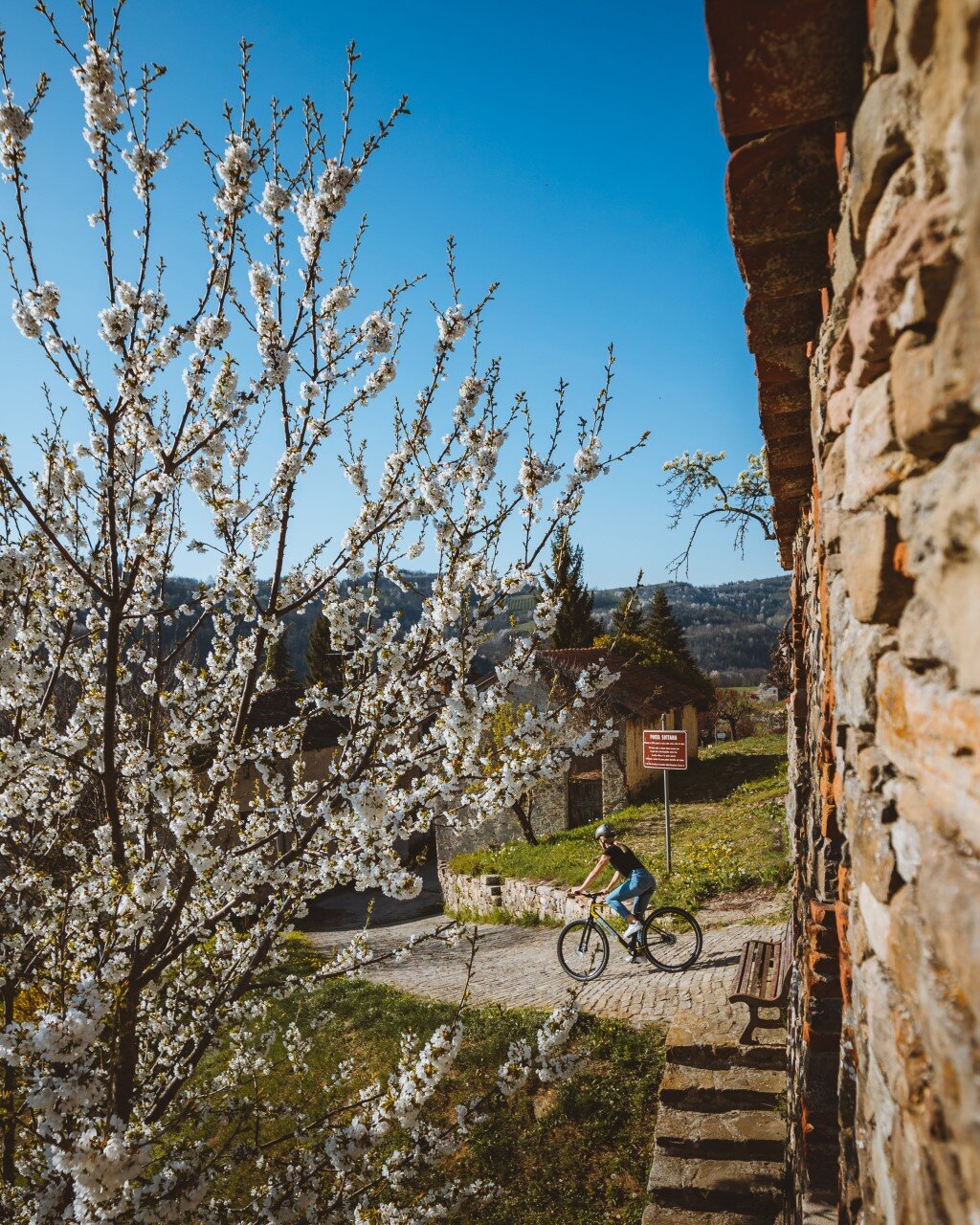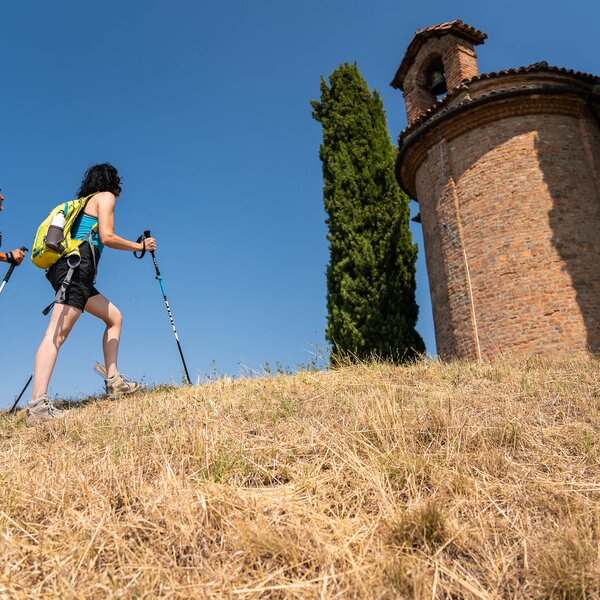
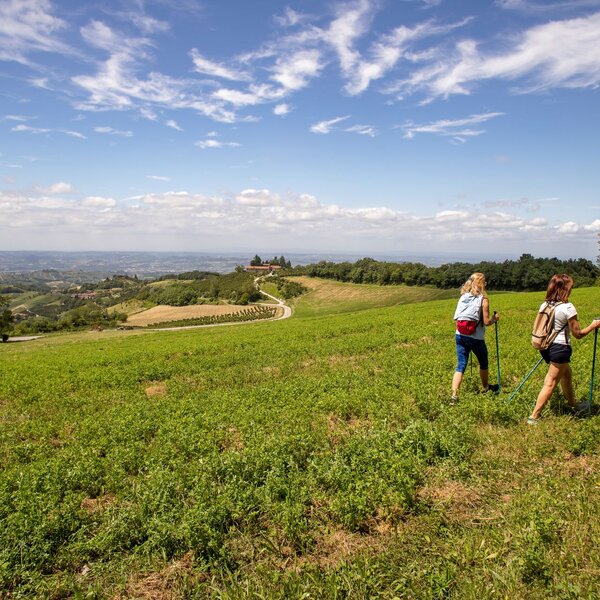
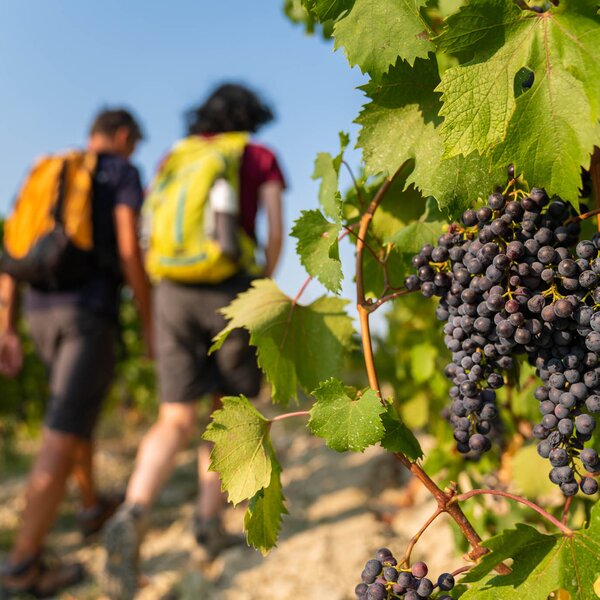
Trekking Itineraries
Langhe Monferrato Roero is a paradise for those who love walking in the open air. Be it a stroll in the vineyards, a soft trek in the woods of the Alta Langa, an ideal immersion into the former ancient sea that reappears from the Roero sands or a Nordic walking along the pilgrims' roads in Monferrato
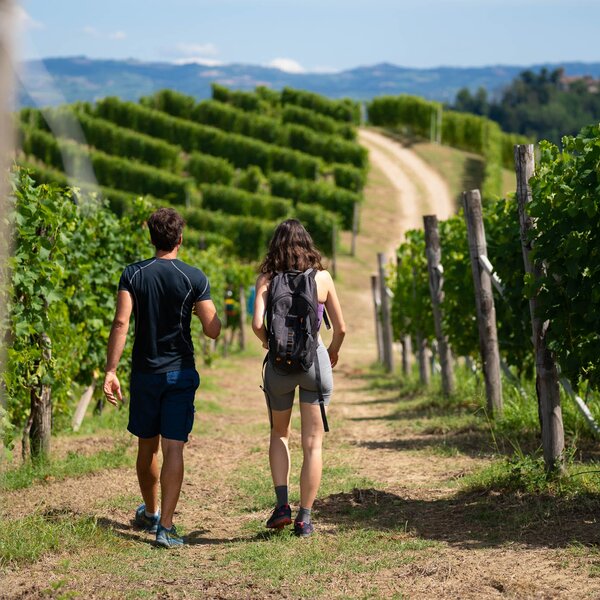
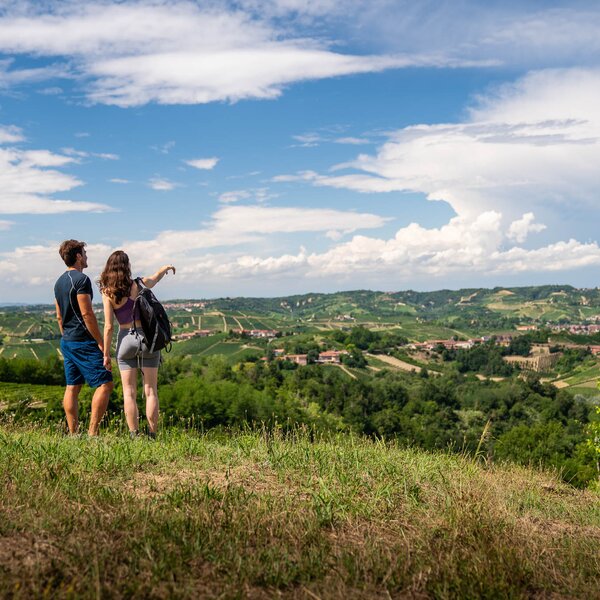
Your Vacation
Plan where to sleep, where to eat, what to do and visit in every corner of Langhe Monferrato Roero, with a real time eye on the weather
